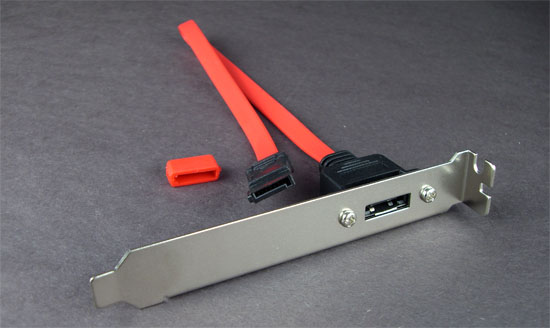So I'm killing time today (namely posting here) while trying to back up work files to a new WD 1TB Passport HD, as it's a painfully slow process due to my server's 2.0 USB ports. Using a little guestimation, it's going to be 4+ hours to backup records...and this is a process we'll need to be doing every night. We used to use 4mm backup tapes, but the drive is sort of sketchy and I'd like something a little more stable and w/more capacity; however, it was much faster (1.5hrs) than my new solution.
Alas, how hard is it to add USB 3.0 ports to an older Dell server (PowerEdge 1600SC) running Windows Server 2003 SE?
BTW: Sorry about my lack of computer knowledge. I'm not totally lost (I've built computers before), but messing w/my work server is another situation all together. Thanks!
M_C
Alas, how hard is it to add USB 3.0 ports to an older Dell server (PowerEdge 1600SC) running Windows Server 2003 SE?
BTW: Sorry about my lack of computer knowledge. I'm not totally lost (I've built computers before), but messing w/my work server is another situation all together. Thanks!
M_C


